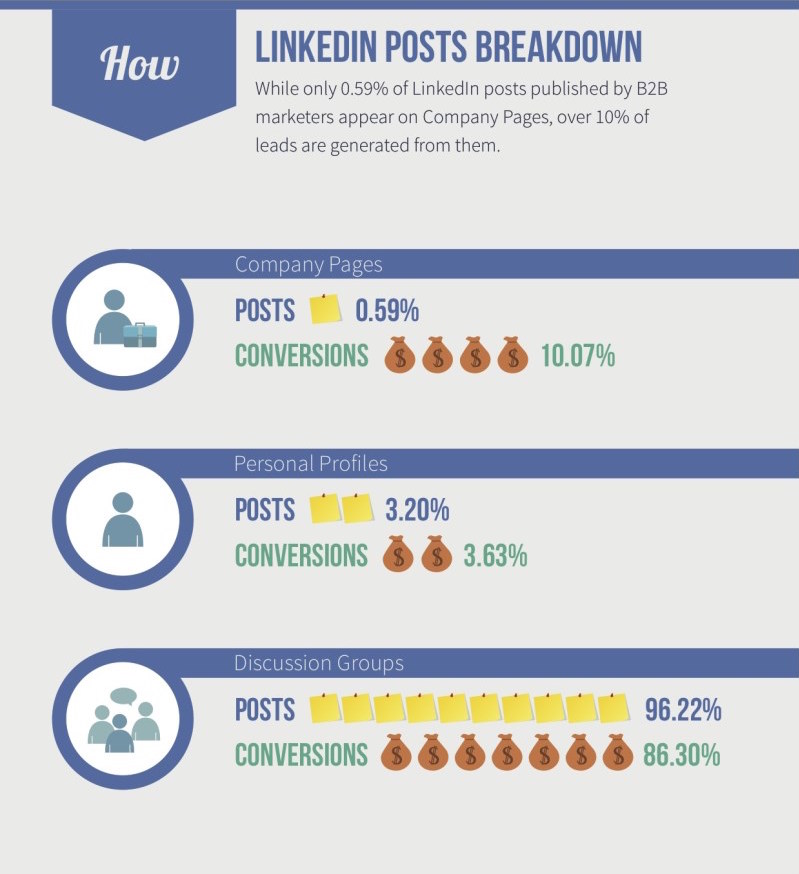 An investigation into the field of digital marketing involves examining the transformative shifts occurring as a result of the emergence of new paradigms and trends in this era of visuospatial technology’s ubiquity. These transformations can be said to portend a new era of digital promotional strategies despite their significant variability. …………………………………….
An investigation into the field of digital marketing involves examining the transformative shifts occurring as a result of the emergence of new paradigms and trends in this era of visuospatial technology’s ubiquity. These transformations can be said to portend a new era of digital promotional strategies despite their significant variability. …………………………………….
 The development of data-driven marketing best exemplifies this change. Data analytics has developed into a cornerstone of contemporary business models as the foundation upon which contemporary digital marketing strategies are built. Regardless of size, businesses have started using artificial intelligence and machine learning algorithms to extract important insights from vast amounts of consumer data. Predictive marketing, in which businesses actively foresee the preferences and behaviors of their target market, Social Media Marketing is a product of this paradigm. Amazon’s predictive stocking, where “anticipatory shipping” algorithms were used to dispatch items even before customers placed an order, is a well-documented example of this trend. It is an unmistakable testament to the potential of data applications in digital marketing in the future. ………………………
The development of data-driven marketing best exemplifies this change. Data analytics has developed into a cornerstone of contemporary business models as the foundation upon which contemporary digital marketing strategies are built. Regardless of size, businesses have started using artificial intelligence and machine learning algorithms to extract important insights from vast amounts of consumer data. Predictive marketing, in which businesses actively foresee the preferences and behaviors of their target market, Social Media Marketing is a product of this paradigm. Amazon’s predictive stocking, where “anticipatory shipping” algorithms were used to dispatch items even before customers placed an order, is a well-documented example of this trend. It is an unmistakable testament to the potential of data applications in digital marketing in the future. ………………………
In the context of digital marketing, social media has also emerged as a potent catalyst for change. These platforms act as a fertile breeding ground for virality and brand promotion in addition to serving as an intimate link between companies and customers. The proliferation of user-generated content has caused businesses to structure their online campaigns in a fundamental way. The emphasis is now equally on the conversations and engagements that such content can elicit, as it was once primarily focused on creating content. Additionally, a more interactive and participatory promotional ecosystem has emerged thanks to viral marketing, which has replaced the former dominance of traditional outbound advertising. ………………………
The scope of what is possible in digital marketing has been further expanded by technological advancements. For instance, the core of digitally centric marketing strategies has been infused with augmented and virtual reality, which has transcended gaming and entertainment. Consumers can now engage with brands in immersive experiences, increasing their level of connection and engagement. According to a survey by the International Data Corporation, YouTube SEO by 2023,$ 160 billion will have been invested globally in augmented and virtual reality. ………………………

The rise of mobile marketing is another important trend that has an impact on the strategies used in digital marketing. The digital world is now incredibly personal thanks to smartphones. As a result, businesses have started replacing their over-reliance on desktops and laptops with more customized, Viral marketing pocket-friendly options for their marketing campaigns. The average American adult spends an estimated 87 hours per month on their smartphone, according to a recent ComScore report, which clarified this metamorphosis. …………………………………….
However, technology’s symbiotic relationship with numerous societal trends, not technology itself, is the fundamental pillar of this digital marketing transformation. For instance, brands have shifted their promotional materials toward a portrayal of raw realism in response to an increasing undercurrent of consumer demand for existential authenticity. Similar to how companies are becoming more transparent, they are also emitting transparency as a result of growing awareness of privacy issues and data security. 94 % of consumers reportedly indicate that they are likely to show loyalty to a brand that provides complete transparency, according to Label Insight’s study. ……………………………………
 It is clear that the digital marketing landscape is not static as a result of these changing trends. Companies must be at the height of their agility and knowledge because it has developed into a hub for ongoing adaptation and evolution. A latticework, a sign of change that reflects larger societal and technological shifts, emerges as digital marketing transcends performative strategies. This complex web reveals the secret to maintaining relevance in this landscape that is constantly changing. Therefore, the strength of digital marketing lies not in the technology itself but rather in recognizing and embracing these new trends to foster a dynamic and disruptive environment. ………………………
It is clear that the digital marketing landscape is not static as a result of these changing trends. Companies must be at the height of their agility and knowledge because it has developed into a hub for ongoing adaptation and evolution. A latticework, a sign of change that reflects larger societal and technological shifts, emerges as digital marketing transcends performative strategies. This complex web reveals the secret to maintaining relevance in this landscape that is constantly changing. Therefore, the strength of digital marketing lies not in the technology itself but rather in recognizing and embracing these new trends to foster a dynamic and disruptive environment. ………………………

 by keeshastarns6
by keeshastarns6